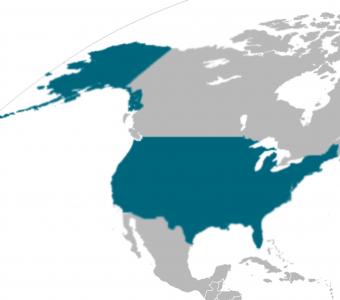United States
United States
Recent Activity
Recent Activity
Fact Sheets
October 2017
With the Trump administration having announced the end of the DACA program, Congress is facing growing calls to protect unauthorized immigrants who came to the U.S. as children. This fact sheet examines DREAM Act bills introduced in Congress as of mid-2017, offering estimates of who might earn conditional legal status—and ultimately legal permanent residence—based on educational, professional, and other requirements in the legislation.













The U.S. Falls Behind as Others Take on New Leadership Amid Record Humanitarian Pressures